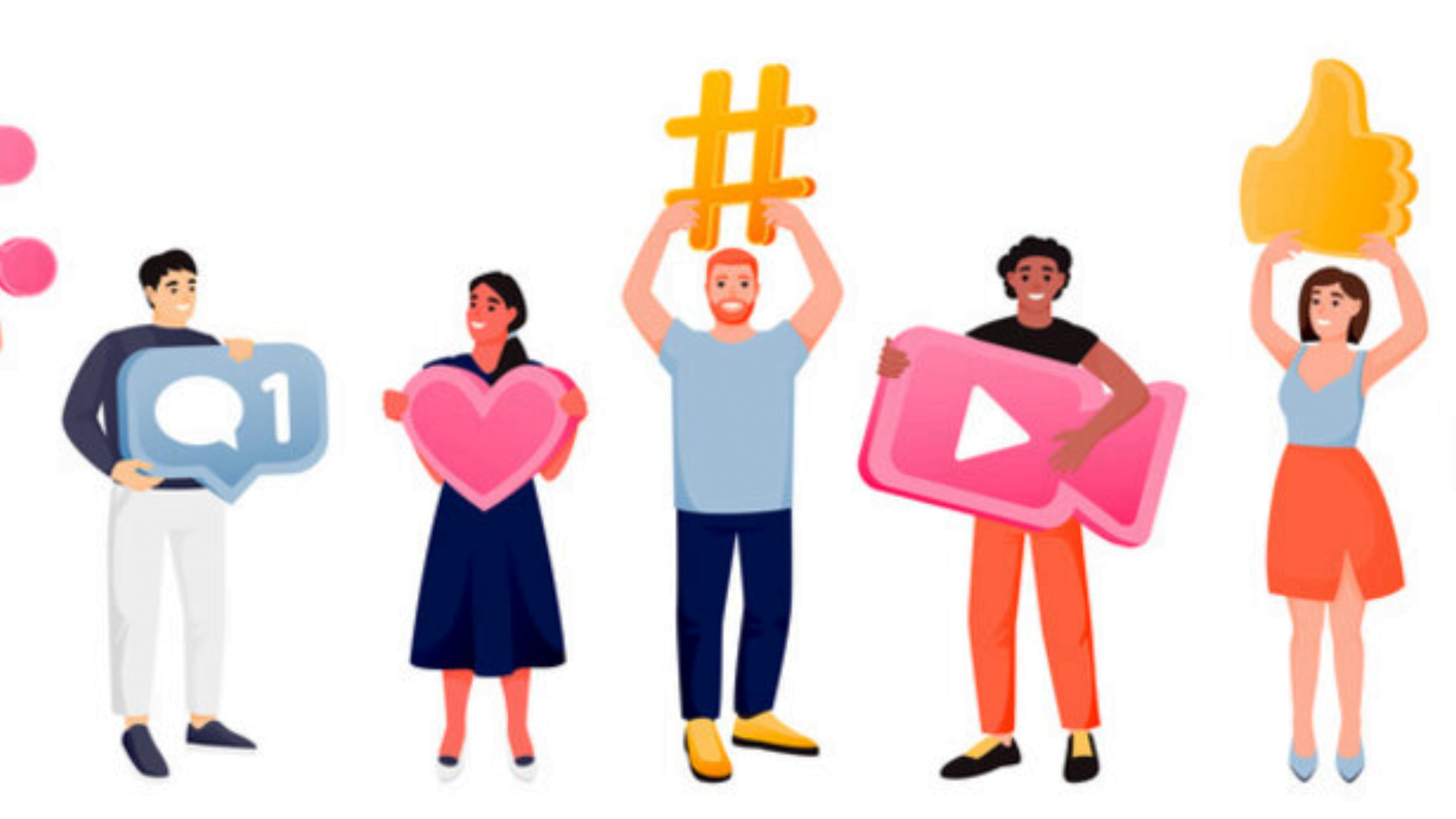Recently, my fellow researchers and I published a paper, “You Don’t Know Me so Don’t Try to Judge Me”: Gender and Identity Performance on Social Media Among Young Indian Users. For this, we examined social media interactions between men and women on public Facebook pages around the contested themes of feminism and gender.
In doing so, our main aim was to explore these discursive strategies as social identity performances that are goal-directed and normative. We analysed the data with reference to the context which is marked by transforming gender understandings and identified the emergence of new forms of discursive activism in online forums.
We found that speakers conflicted over the discourse of feminism in various ways by using traditional as well as novel terms that refer to descriptive meanings of gender categories. These included new discourses within feminism (pseudo feminism and choice feminism) and men’s rights (Incels, MGTOW, etc.).
The discursive implications of female gender role stereotypes generally reaffirm that women should put their marriages first, blaming female liberation for divorces, doubting their capacity to be mothers, and labelling them “gold diggers.”
There were also instances of flaming where the traditionally contested space of sex and the sexual choice was used to challenge shifting gender roles. Lastly, interactions also highlighted several challenges to established meanings of feminism by pointing toward intersectional identities. Our findings are presented in this article.
First of all, in keeping with social identity theory, there was a noticeable effort to forge an exclusive and distinct ingroup (feminist) and outgroup (antifeminist). This was utilised for both mobilisation and consolidation, with group members voluntarily repeating terminology and definitions to make sure their own identity is recognised as a legitimate ingroup member.
Members emphasised that women should have their individual freedom, wear the clothes they choose, and be free from societal pressure, or that feminism did not equate to “men haters”, as seen in comments like: “It’s completely their own choice and no one can dictate a women what she should do!” Members asserted and clarified their understanding of the feminist ideology.
Thus, the findings reiterate a complicated and critical understanding of computer-mediated communication that both enables gendered expressions and, at the same time, reinforces gender-based anxieties that could result in unfulfilling and negative social media experiences.
Our data revealed three recurrent themes in the broader antifeminist discourse: first, the lack of “feminists” who were willing to accept criticism; second, the idea that feminists are overly aggressive and reactionary; “Many of these feminists on this page will react very violently and aggressively if something will not match with their views.” Finally, there were claims about the stereotyping of women’s roles.
The discursive implications of female gender role stereotypes generally reaffirm that women should put their marriages first, blaming female liberation for divorces, doubting their capacity to be mothers, and labelling them “gold diggers.”
The word “feminazi,” which has a strong connotation with the “nazi” suffix, is now employed in a relatively casual manner; as a result, it appears the most frequently in our corpus. Comments like “Leave these feminazis. These vultures always have problems in everything” and “Being a feminazi it’s her birthright to be a hypocrite. So let her be” practically used the term for radicalising the female and feminism.
Men Going Their Own Way is a term used to describe a group of men who have decided not to pursue romantic relationships with women. The anti-feminist rhetoric is at the core of the discursive concept of MGTOW, as evidenced by statements like “Feminism is an illness, MGTOW is the cure.” Even in online interactions with unidentified women, this identity is proudly displayed as a sign of preference and superiority.
The discourse on men’s rights and their place in a changing society was closely related to but distinct from that of feminism. Once again, there were two main themes at play here: the first was the depiction of the “manosphere,” which was mainly done by women, and the second was the defence of men’s rights, which was done mostly by males.
The manosphere was considered to be a misogynistic space; related to undesirable attributes, including violence and illiterate, in addition to salient normative markers (misogynistic).
Men Going Their Own Way is a term used to describe a group of men who have decided not to pursue romantic relationships with women. The anti-feminist rhetoric is at the core of the discursive concept of MGTOW, as evidenced by statements like “Feminism is an illness, MGTOW is the cure.” Even in online interactions with unidentified women, this identity is proudly displayed as a sign of preference and superiority.
MRA and MGTOW, which were virtually exclusively used in the manosphere until recently, are now part of a widespread linguistic convention on social media. This fosters a sense of camaraderie among diverse subgroups, strengthens interpersonal bonds, and contributes to the MRAs’ intellectual determination to reject feminism.
We also took note of the term “Mansplaining,” which is used frequently. According to our research, women frequently employed mansplaining to refute claims about the supposed manosphere. It is possible to draw on prevalent gender discourses that strongly impact online interactions by using hashtags like #Mansplaining.
In order to sustain ingroup norms and assert their prominent identification values, which have evolved into identifiers of the widely perceived feminist discourse, especially on social media, women frequently utilised this phrase.
Finally, we observed intersectionality in the Indian context, which was particularly salient between four facets of one’s social identity—gender (across the spectrum with cis-het men being the privileged lot), caste (Upper castes being privileged with SCs, STs and OBCs facing the brunt), religion (Hindu or Muslim), and political ideology (Right wing or Left and Liberal).
Also read: What Is Gender Dysphoria?: Addressing The Conflict Between Biological Sex And Gender Identity
We noted several emerging themes that represent both the establishment of new identity norms (for feminism and gender identity) as well as challenge the power dynamics within existing narratives. Here, labels like Upper-Caste Liberal Feminism and Urban Feminism were used to underline differences within this shared discourse.
Also read: Is Ghoonghat The Identity Of Haryana? Patriarchal Control Over A Woman’s Body & Sexuality
Thus, the findings reiterate a complicated and critical understanding of computer-mediated communication that both enables gendered expressions and, at the same time, reinforces gender-based anxieties that could result in unfulfilling and negative social media experiences.
Featured image source: Adobe Stock






Feminists are fighting for women’s ‘rights’ to wear whatever they want – revealing clothes to be precise. Even traditional attire like sarees and lehengas come with blouses the size of a bra. This is labelled fashion and comes with tags of freedom and liberation. Brainwashing through hindi serials, movies, music videos, magazines, etc. makes women think that it is normal to wear revealing clothes. There was a time when only prostitutes used to wear revealing clothes.
MGTOW movement is not surprising. More and more men are refusing to get married today because paternity fraud has become common, and after a divorce a man has to give half of his property/assets, alimony, child support, and his children are taken away from him, and on top of all this a false case of dowry, blackmail, and extortion. 71% suicides in India are men, most are married men.